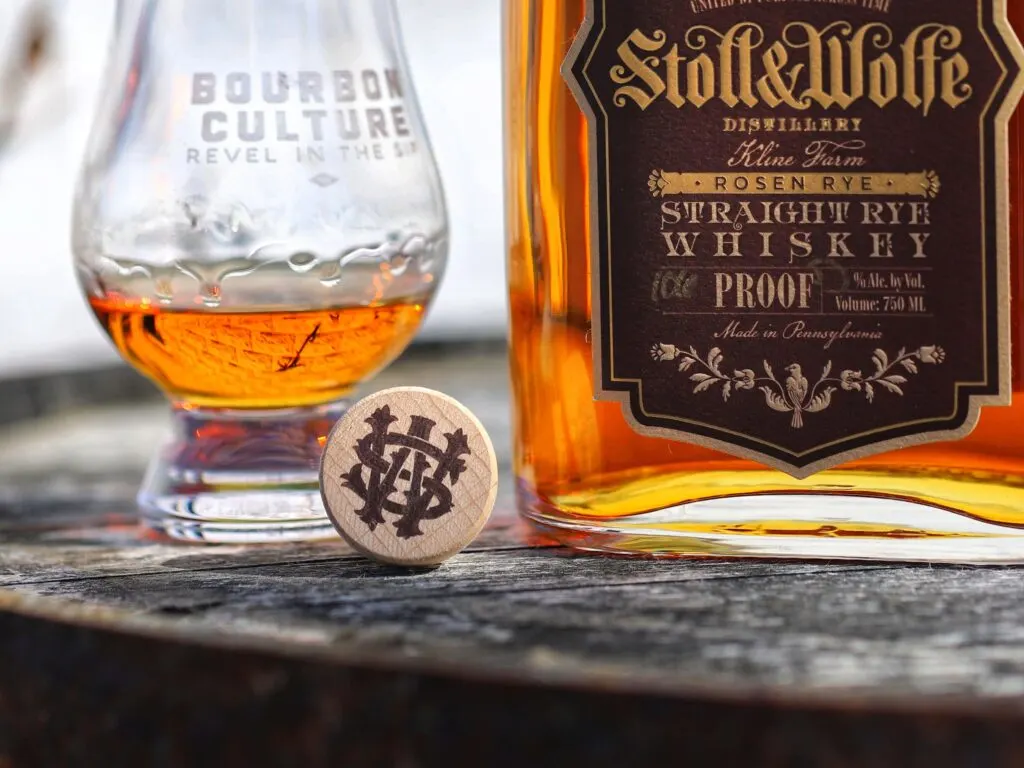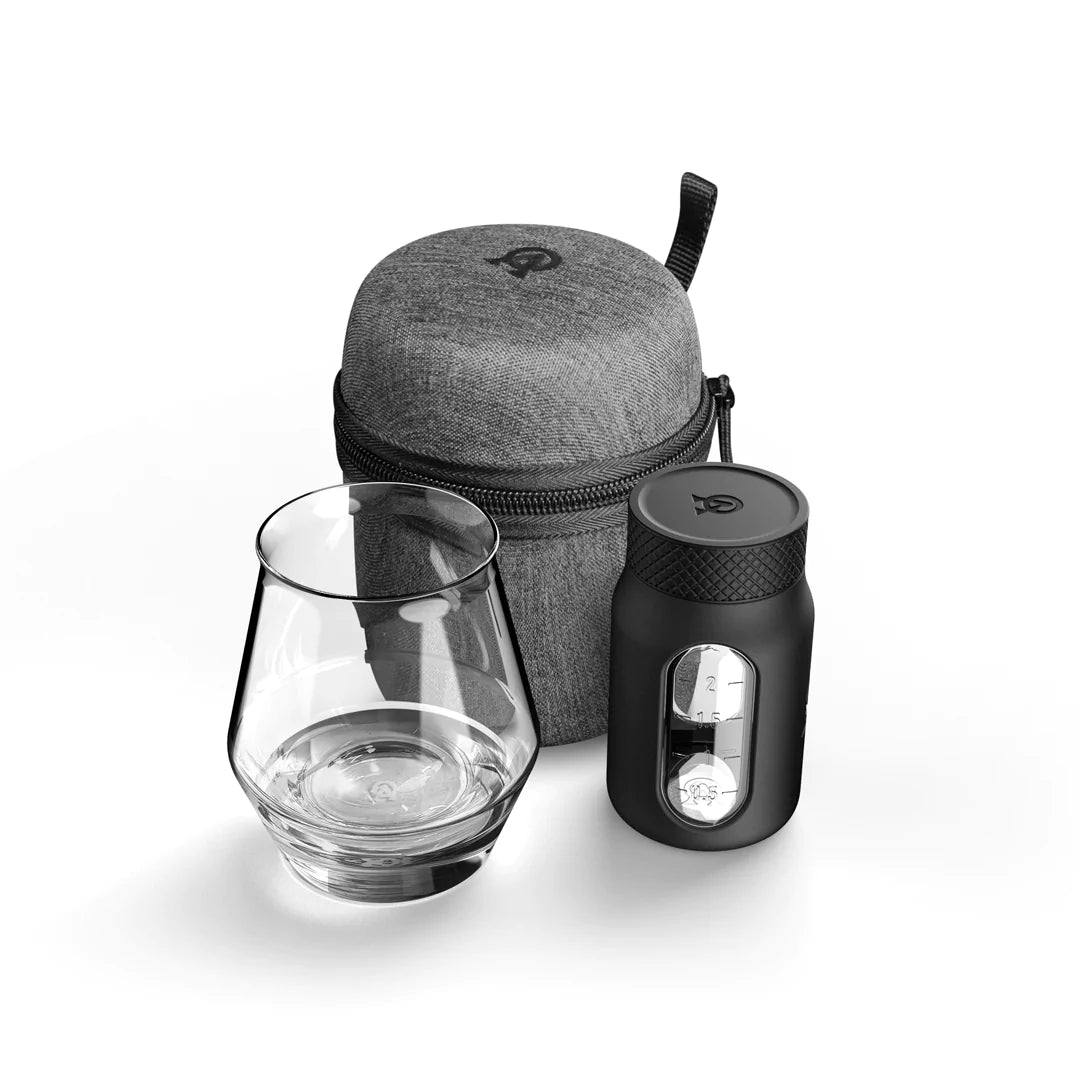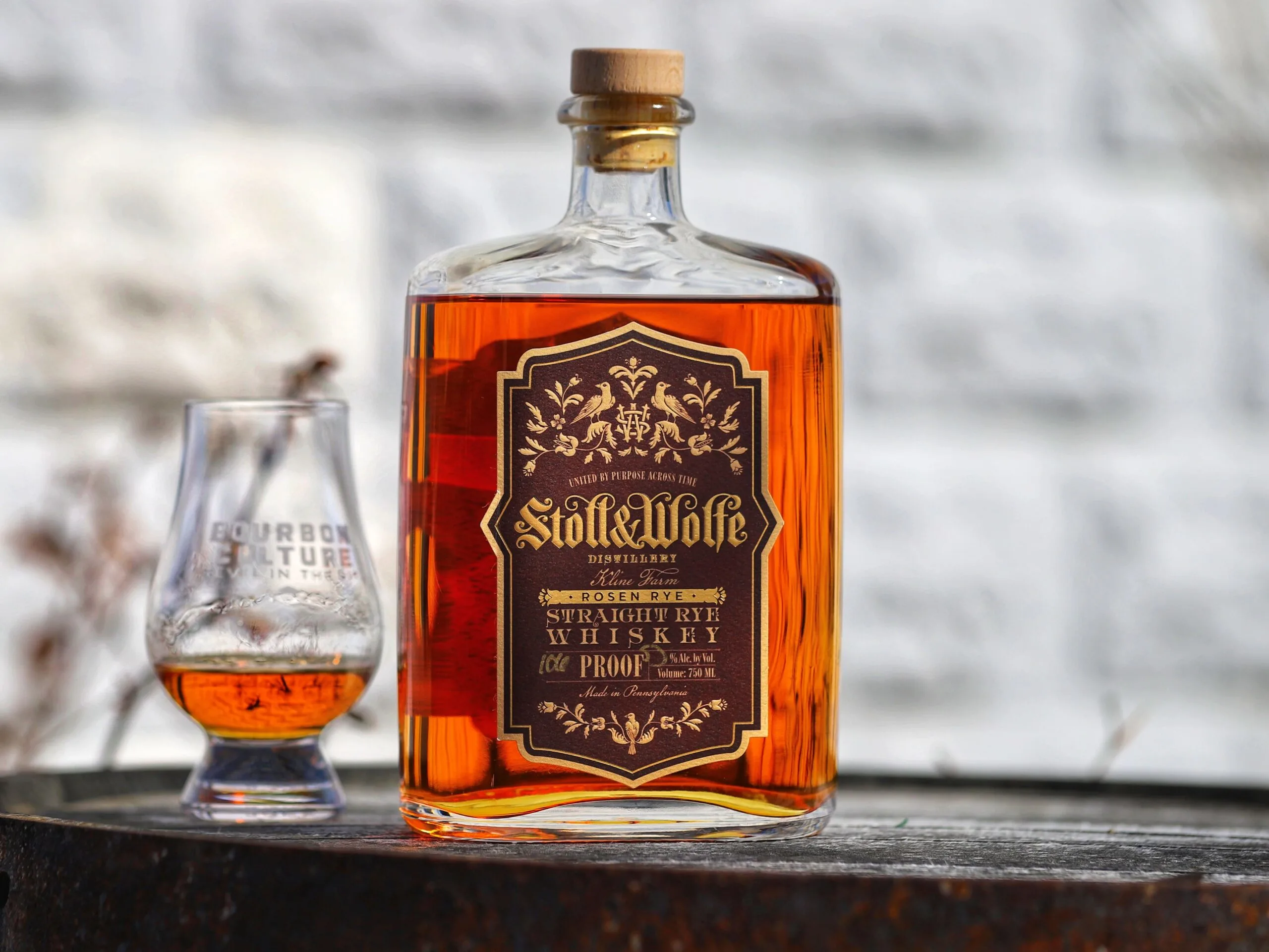| Don't like ads? | No ads |
The story of alcohol follows hand-in-hand with the story of agriculture. For thousands of years our ancestors used the surplus harvests to turn starchy/sugary plants into booze. This is why alcohol production closely follows the primary agriculture of a particular region. More to the point, farmers in Pennsylvania were faced with rocky soil and short growing seasons. That made rye an ideal crop to grow. Many European immigrants were already familiar with the grain and brought over their own varieties to plant and harvest (it was not native to North America). It ended up being the perfect match.
Pennsylvania’s agricultural base saw a particular varietal of rye – Rosen – achieve popularity shortly after being introduced in the early 1900s. There are two competing stories of who first introduced this strain of rye into the US, but this article from Whiskey Magazine seems to indicate that it came via a research lab at the Michigan Agricultural College in 1909. After enough seed was propagated, it was sold to farmers all over the country. So of course it made its way to Pennsylvania and the distilleries that made whiskey shortly thereafter.

But rye has a particular trait of being a heavy pollinator. The only way to keep cross-breeding at bay is to ensure that fields are at least 10 miles away from each other. This wasn’t as easy as you’d think since rye was farmed much more back in the mid-1900s. Rosen’s defining characteristics and taste profile were gradually bred away over the course of just 7 growing seasons. Eventually, it stopped being grown altogether. The last field of pure Rosen rye was supposedly harvested in 1970. Any remaining seeds were tucked away within a USDA-controlled seed bank.
Dick Stoll, Michter’s and the rebirth of a Rosen Rye
Call it luck or call it fate, but two events occurred in 2015 that would begin a ripple effect on whiskey producers in Pennsylvania and beyond. That was the year a woman named Laura Fields (who has since married and now goes by Laura Patrizio) met local Pennsylvania distillers Eric Wolfe and his partner Dick Stoll.
As a quick backstory to those two men: Eric convinced Dick – the former Master Distiller of Michter’s (the original one) – to join him in 2014 to create a new distillery close to the original location where Dick worked all those years prior. Since the Michter’s name had already been purchased, they revived the previous name “Bomberger’s.” That didn’t last for long because Kentucky Michter’s took them to court to get it (and the name Shenks). Eventually they had to give up due to costly legal fees and decided to change the name to Stoll and Wolfe.

Fast forward to 2015 during the American Whiskey Convention (which Laura had a hand in creating) where Laura introduced herself to the duo as the founder of a nonprofit called the Delaware Valley Fields Foundation. She explained that one of the goals of the organization is to reintroduce defunct grains back into “production.” A whiskey convention seemed to be a natural choice to find buyers for new varieties of grains after all. Dick mentioned that he was the previous master distiller at Michter’s and that he remembered using Rosen Rye until he could no longer get it anymore. Fields made it her goal to get him this grain to work with again.
Laura Fields, Kline Farms and 3 years of patience
It took a lot of help and dedication to track down seeds from the USDA’s seed vault and to find farmers willing to grow them. One packet of seeds isn’t going to result in a yield large enough to produce even a single barrel of whiskey, but it was a start. It would take 3 more years until the yield was big enough to finally have a meaningful amount to distill with. More importantly, each year since then more acreage has been devoted to growing Rosen and the yields have multiplied. Other distillers have jumped on board with wanting to distill with Rosen as well, including Liberty Pole, Mason Dixon Distillery, Altered State Distillery, Iron City Distillery, Quantum Spirits and Mount Vernon Distillery (which is in VA).
It’s speculated that farmers shouldn’t have the same issues as back in the day where Rosen fell victim to cross-pollination. This is mainly because so little rye is grown these days that the producers are few and far between. Kline Farms, which has been in operation since 1741 and is nearby to the Stoll and Wolfe distillery – is the primary supplier of Rosen Rye to Stoll and Wolfe. Their name is even on the bottle, too. They aren’t the only supplier of this grain in the US, but they’re the only supplier for Stoll and Wolfe – something that is proudly listed on the front label of their bottle.
Stoll and Wolfe Rosen Rye
The whiskey you see before you today was not distilled by Dick Stoll. Sadly, he passed away in 2020 after being able to distill only one batch of Rosen Rye. I’m not a softy, but hearing that this legendary master distiller got one final chance to distill with a grain that was so near and dear to him must have been a magical moment. RIP, Dick.

Since then, Eric has continued the tradition by distilling more barrels of Rosen Rye. He uses a column still (but I think it’s a hybrid pot/column still) and the mash bill is unknown. All we know is that it contains 65% Rosen Rye as per their website. I don’t believe it has any corn in it, so the remainder of the recipe could be malted barley. As far as the barrel entry proof goes, Stoll and Wolfe doesn’t use an exact proof, but the pictures of the barrels I’ve seen seem to indicate it’s around 110 proof going into the barrel. From there, it looks like it loses a little bit during the aging process because the barrel proofs of the few Rosen Rye releases I’ve seen come out between 102 and 106.
The barrel that was used to age the first batch of Rosen Rye was a specially selected 30 gallon American Oak barrel whose staves were seasoned for an incredible 8 YEARS. I do not believe that the modern Rosen Rye batches are aged in barrels like that anymore. But S&W continues to bottle them at the 2 year mark.
So will this special rye grain compensate for the lack of age? There’s only one way to find out. A special thanks to my Pennsylvania friend J8son who helped me obtain a bottle. I sampled this neat in a glencairn.
Tasting Notes
Nose: The first scents to greet my nose are gingerbread and a lighter style of rye bread. Each sniff reveals a slightly earthy tone with a sweet molasses note that hides in the background. I am picking up Golden Grahams cereal and pine as well. The fruit notes are a bit strange with hints of banana (but not artificial banana like Jack Daniels) and very slight citrus. Overall, the nose has some youth to it, but honestly it’s not as much as you’d think for a 2-year-old rye whiskey.
Palate: Unlike modern rye where spice can sometimes get a bit aggressive, the rye spice seems to be more soft and muted in its delivery. The two most dominant spices are fennel and anise. There is more of a focus on earthy terroir, but it’s also got a sweet, toasty rye bread flavor with it. Fruit notes still see a touch of banana like I found on the nose as well as sweetened apricot. Floral notes like pine and geraniums make the rye a bit brighter. As for sweetness, I’m finding a butterscotch note which is unexpected. Typically, I’d find something like molasses or honey with young ryes, but I’ll never turn down the chance to taste butterscotch! The viscosity is very creamy overall, too.
Finish: As the sip slowly fades away, I’m left with a distinct taste of fennel, pine and anise leftover in my mouth. I also find the sensation of fresh cut wood, Nilla Wafers and the sweetness of some honey/butterscotch. There are still faint floral notes as well as similarly fading lemon and banana notes. Each time I open my mouth, I enjoy the cooling sensation of menthol across my tongue.
Score: 6.5/10
The only products I’ve tasted from Stoll and Wolfe have been sourced MGP bourbon or rye whiskey. So this is the first time I’m getting the chance to taste what they’re doing on their own and thankfully, they didn’t disappoint. I was skeptical of the 24 month age statement, but it didn’t end up tasting that young. I would have guessed it was more like 4-years-old if I had been given it blind. Still, that’s a win in my book.
As for how much impact the Rosen actually had over S&W’s fermentation and distillation methods is anyone’s guess. It’ll take several more distilleries releasing their versions made with the same grain to know for sure. But I feel like Rosen has the ability to lose some of the sharper spice notes that are more common with other rye grains. There is also a difference in the sweetness that it creates, but I can’t quite put my finger on it. The handful of times I’ve tasted glut-era rye whiskies, I noticed a distinct lack of sharp spices and more of a pronounced candy sweetness. I don’t believe they would have been using Rosen for those, but wouldn’t it be interesting if Rosen eventually was the key to achieving that same unique flavor?

Final Thoughts
If you’re a true enthusiast, you should be embracing the comeback of regional whiskey styles that were lost to the sands of time. American whiskey of all kinds needs to find new innovations to keep enthusiasts and casual drinkers interested in the segment. Reviving old grain varieties may be the best way to do that. Of course, more distilleries are going to have to jump on board to really make an impact (and big respect to Beam for being the current leader in that), but it starts with embracing the little guys first.
So if you’re ever in the position to purchase something made with the intent of reviving an old “process” or grain, I’d say go for it (except heirloom corn – the jury is still out on that one, ha). You may just find a taste of something that once was and hopefully will be again.
Featured Products
- Neat Traveler

- View Larger
- Description:The Aged & Ore Neat Traveler is a complete travel kit for spirits. We combined our widely praised Neat Glass with one of our 3oz Flight Bottles and housed them together in a custom EVA travel case. Perfect for a night away with your favorite pour. The tie
- Bottle Flight

- View Larger
- Description:The Aged & Ore Bottle Flight is a premium set of 4 custom silicone wrapped glass bottles designed to transport and share samples of your favorite spirits. The flight bottles come in a custom EVA travel case that fits perfectly in any small bag. An Aged &
- Travel Bundle

- View Larger
- Description:This Bundle combines two of our crowd favorite products, creating the ultimate travel bundle to bring along your favorite spirits and glassware. Bundle Includes: Neat Traveler (Gray) Bottle Flight (Gray) Note: This bundle is only available in gray and col
*Bourbon Culture is reader-supported. When you buy through links on our site, we may earn an affiliate commission.

